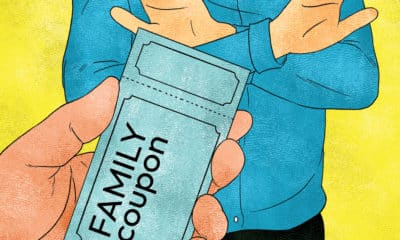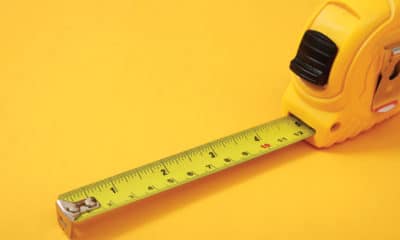IN THE WORLD OF sign manufacturing, where creativity meets craftsmanship, evaluating your staff is like fine-tuning the color of a neon sign — it requires precision, adaptability and a dash of flair. Whether you’re assessing a seasoned veteran who’s been around since the days of handpainted signage or a fresh-faced graphic designer bursting with innovative ideas, the process can be as diverse as the signs themselves.
The majority of signshops do not have an abundance of staff and often employees wear more hats than a hat rack at a busy train station. They’re the designers, fabricators, installers and sometimes even the office managers. So, how do you effectively evaluate someone whose job description resembles a Swiss Army Knife?
Assessing the “Old School” Pro
Let’s start with the seasoned pro who’s been honing their craft since before vinyl cutters were even a thing. These folks have seen it all — from brush strokes to digital prints — and their experience is as rich as the history of signmaking itself.
When evaluating an “old school” employee, it’s essential to recognize their depth of knowledge and traditional skills while also considering their adaptability to new technologies and methods. Sure, they might still wax poetic about the days of hand-lettered storefronts, but if they can seamlessly transition those skills into the digital age, they’re worth their weight in goldleaf.
Look for signs of innovation and a willingness to embrace change. Are they open to learning new software or techniques? Do they mentor younger staff members with patience and enthusiasm? These are the hallmarks of a seasoned pro who’s not just resting on their laurels but continuing to grow and evolve with the industry.
And remember, a little nod to their old school charm never hurts. Maybe they still prefer a hand-carved sign or have a knack for vintage typography — celebrate these skills and incorporate them into your evaluation.
Advertisement
Evaluating the Young Gun
Now, let’s turn our attention to the fresh-faced graphic designer straight out of school. They’ve got all the latest design software at their fingertips and enough creativity to fill a billboard — but when it comes to the nuances of sign design, they might be as green as a freshly painted signpost.
When assessing a young designer, it’s crucial to recognize their potential and enthusiasm while also providing guidance and mentorship in the specialized world of signmaking. Sure, they might think they’re the next big thing in graphic design, but do they understand the practicalities of designing for large-scale signage? Are they willing to learn the intricacies of materials, visibility and legibility that are unique to the industry?
Encourage their creativity but gently steer them toward a deeper understanding of what makes a successful sign design. Teach them about the importance of contrast, readability and scalability — lessons that can’t always be found in a textbook.
And hey, a little humility never hurt anyone. Remind them that even the most brilliant designers started somewhere, and that there’s always room to grow and learn in this ever-evolving industry.
Remember
In the dynamic world of sign manufacturing, evaluating your staff requires a delicate balance of recognizing past experience and fostering future potential. Whether you’re assessing an old school pro or a young up-and-comer or anyone in between, remember to celebrate their strengths, provide guidance where needed, and always leave room for a bit of creativity and humor along the way.
After all, in an industry where every sign tells a story, your staff are the master storytellers — so make sure they’ve got all the tools they need to paint the town in vibrant hues of creativity and success.
Advertisement

 Business Management2 weeks ago
Business Management2 weeks ago
 Fabrication + Installation2 weeks ago
Fabrication + Installation2 weeks ago
 Real Deal7 days ago
Real Deal7 days ago
 Benchmarks3 days ago
Benchmarks3 days ago
 Product Buying + Technology2 weeks ago
Product Buying + Technology2 weeks ago
 Tip Sheet6 days ago
Tip Sheet6 days ago
 Buzz Session3 days ago
Buzz Session3 days ago
 Editor's Note1 week ago
Editor's Note1 week ago

















